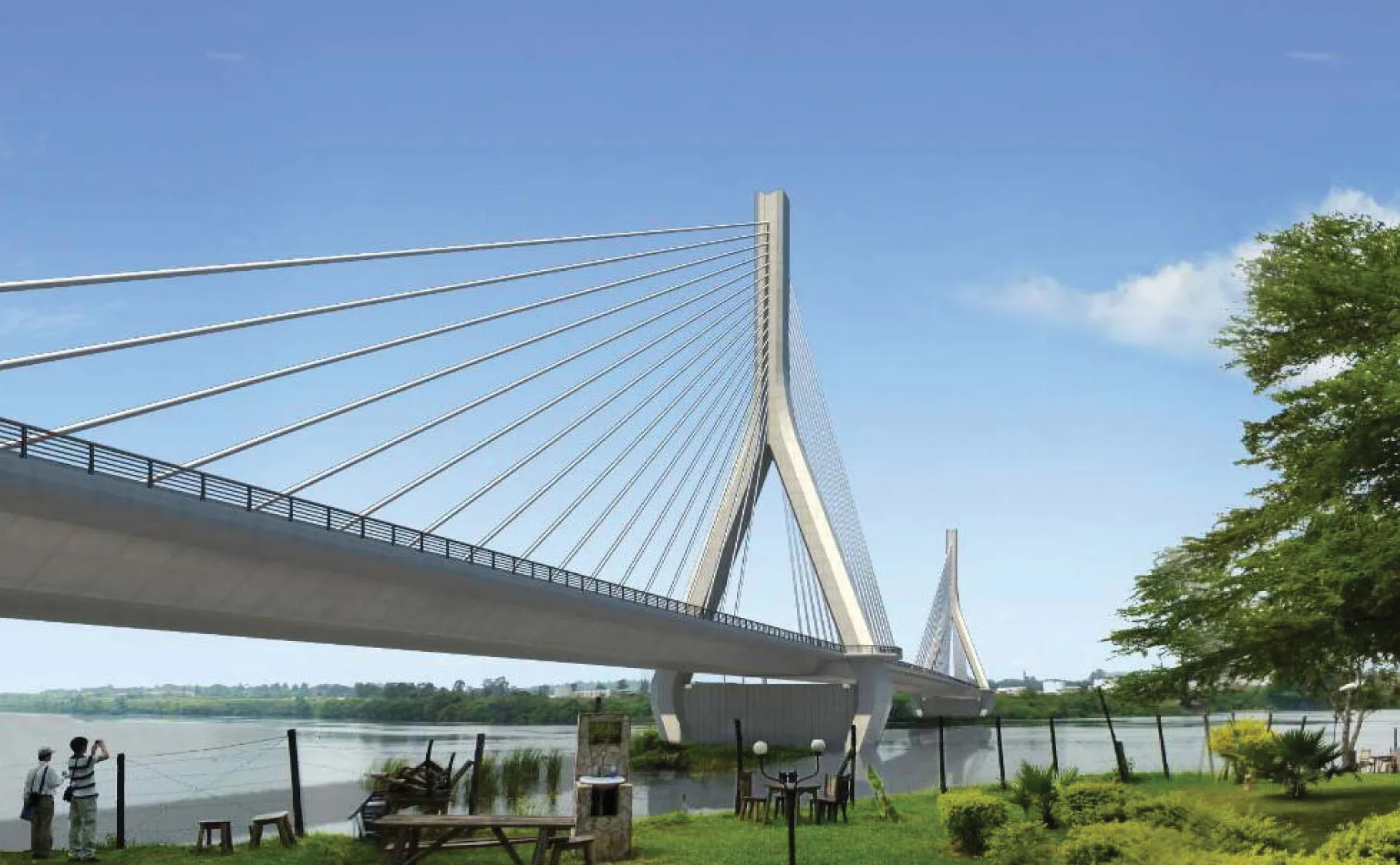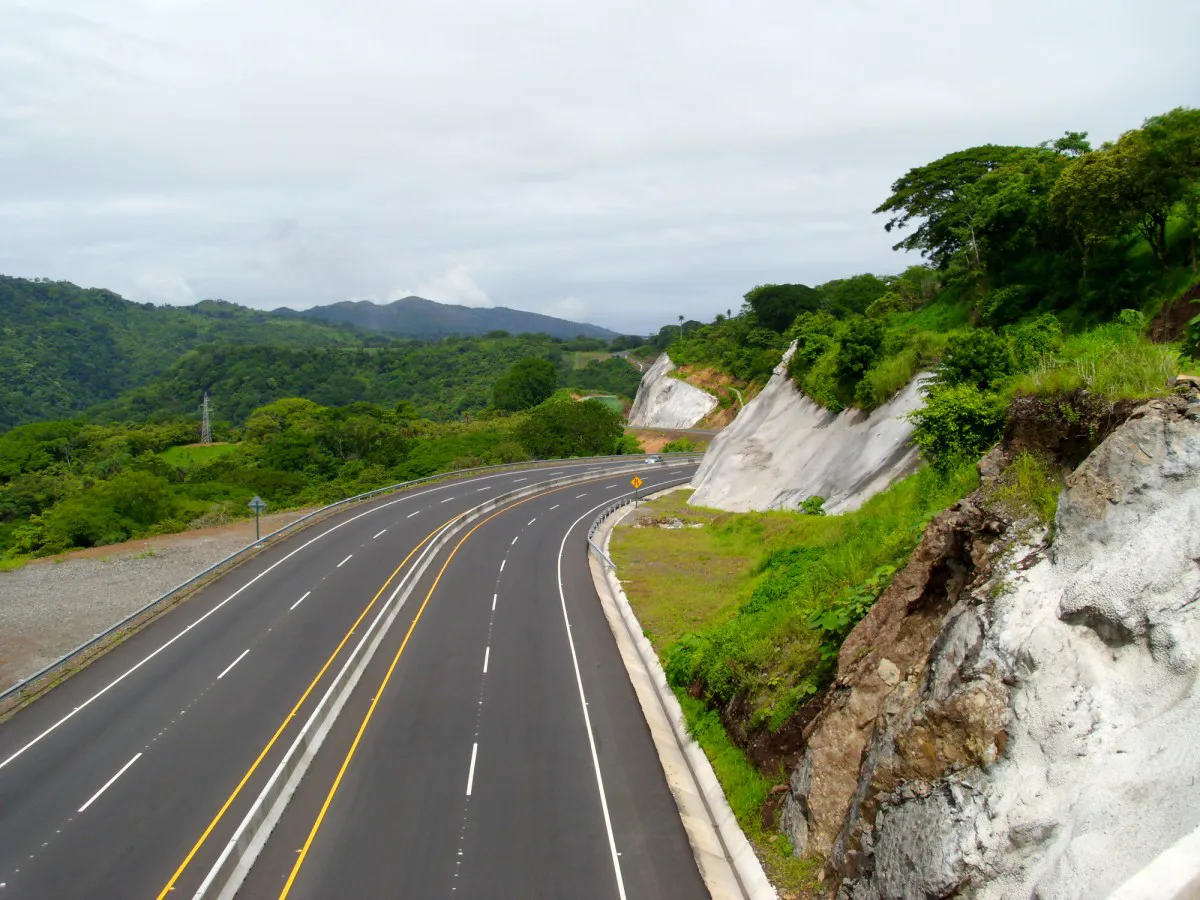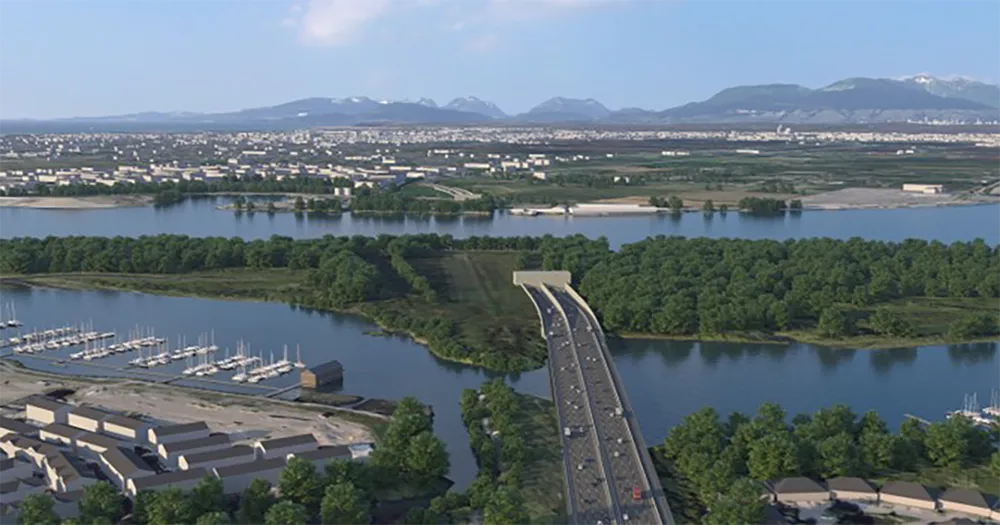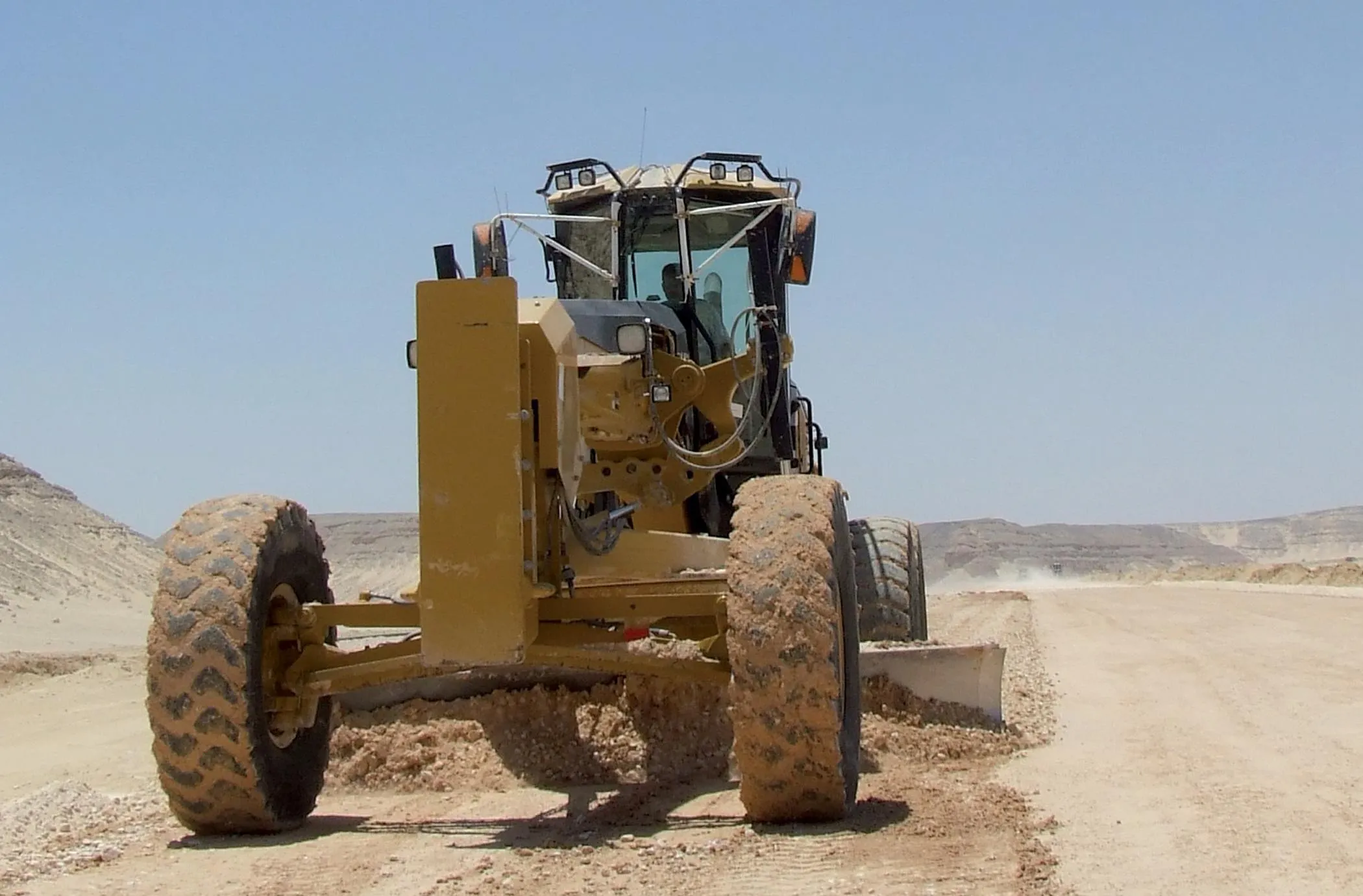A new River Nile bridge is essential to boost trade and improve traffic in landlocked Uganda. Shem Oirere reports A new bridge across the River Nile at Jinja, to be constructed by Uganda, is promising to boost trade in eastern Africa and pave the way for smooth and safe traffic in and out of this landlocked country. The bridge, also known as the Second Nile Bridge, is the first cable-stayed bridge in the region and will be constructed at Njeru, 80km east of the Ugandan capital Kampala, along the Kampala-Jin
April 3, 2013
Read time: 4 mins

A new River Nile bridge is essential to boost trade and improve traffic in landlocked Uganda. Shem Oirere reports
A new bridge across the River Nile at Jinja, to be constructed by Uganda, is promising to boost trade in eastern Africa and pave the way for smooth and safe traffic in and out of this landlocked country.The bridge, also known as the Second Nile Bridge, is the first cable-stayed bridge in the region and will be constructed at Njeru, 80km east of the Ugandan capital Kampala, along the Kampala-Jinja-Malaba international trunk road.
It will complement the existing 1954-built Nalubaale Bridge, located 750m downstream and whose lifespan has elapsed according to
The bridge is a major link in the Northern Corridor which links the Indian Ocean port city of Mombasa in Kenya to Matadi port in Democratic Republic of Congo.
Although the need for the bridge is urgent, the Nalubaale Bridge will continue to be used until completion of the new crossing in 2016: closing it would jolt the economic activities in Uganda and separate the south-eastern part of the country from the north-western regions.
The new 525m-long bridge will comprise a dual carriageway, two-way, single-plane cable-stay bridge. It will have a central span of 290m and end spans of 135m and 100m on the east and west banks respectively.
The bridge’s foundation of 2m or larger diameter, embedded approximately 15-30m deep through weathered to hard road. The pylon will be an inverted Y-shape approximately 70-80m high.
Its girder will comprise of 2.5m or more pre-stressed box girder with webs and/or tie braces. Multi-strand stay cables with internal anchorage will be used.
The new 2.1km long asphalt approach roads will involve construction of three at-grade junctions to allow interchange of traffic where the new road approaches meet existing road network.
“Design studies included a geotechnical site investigation to depths of 30m location in sound rock and a search in the surrounding area to find materials suitable for concrete aggregate and for construction of the approach roads. Wind tunnel tests were undertaken in Korea to verify stability of the bridge under wind conditions,” says UNRA.
UK structural engineering company Arup UK carried out independent design checks concurrently with the release of the final design which confirmed the bridge complies with “the highest standards of the design and that in addition to local design standards, Japanese standards, British standards and Eurocode traffic load models were employed.”
Daniel Alinange said in February that three consortiums had been prequalified for the project. These include Strabag-RDE-Jinja (Germany/Italy); Zenitaka-Hyundai Joint Venture (Japan/South Korea), and Vinci Construction Grands Projects-Orascom (France/Egypt) and Construction-Sogea Satom Jinja Joint Venture (France).
Construction of the new bridge appears to be a response to safety concerns raised by users of the existing Nalubaale Bridge which is currently in a state of disrepair.
“The ever-increasing trade volumes between Kenya, Uganda, Rwanda, Burundi, South Sudan and DRC have only served to increase the wear and tear of both the dam and bridge structures and resulting from growing traffic volumes and excessive overloading,” said a release by the Ministry of Works and Transport.
Uganda hopes to use the construction of the second Nile Bridge to strengthen its transport capacity of the Northern Corridor and ensure traffic safety, the ministry says.
The Northern Corridor is Uganda’s most important highway as it forms nearly 7% of the country’s road network and conveys close to 32% of its traffic. Statistics indicate the corridor’s transit/trans-shipment traffic is over 2.2 million tonnes/day, volumes which grow at the rate of 20% annually.
Uganda relies on the port of Mombasa in neighbouring Kenya for up to 80% of its exports and imports, and 95% of these pass through the Northern Corridor.
“The condition at the existing Naluubale Bridge has deteriorated and the narrowness of the lanes and other factors hinder the smooth, safe flow of traffic,” says
“The volume traffic between the port of Mombasa and Kampala is predicted to increase in the future and the construction of the new bridge is a pressing task to ensure the smooth and safe flow of traffic.”
Analysts predict the new bridge will be critical in enhancing intra-regional trade among countries using the Northern Corridor such as DRC, Uganda, South Sudan, Burundi and Rwanda and will boost ongoing efforts to integrate the economies of these countries under the East African Community.








